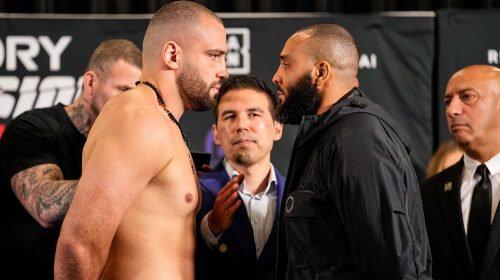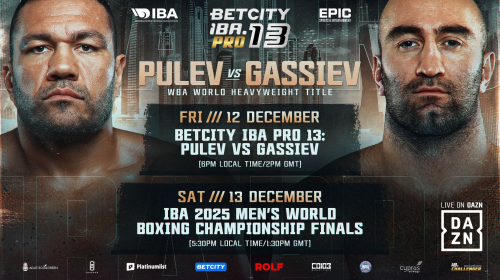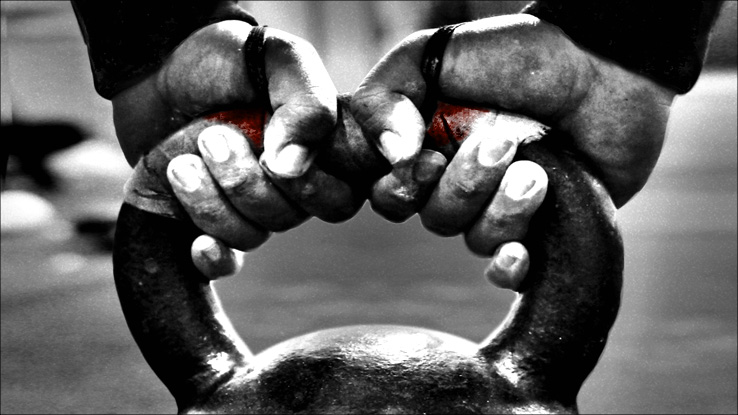
The Cost of Training: Budgeting for Success in Mixed Martial Arts
MMA has grown exponentially, with fans and would-be fighters worldwide. It combines boxing, Brazilian jiu-jitsu, wrestling, and much more, affecting your body and brain. However, as the sport becomes big, the costs of good training also increase. You should know what to be ready for when starting training or competition.
Practicing MMA as a career is not just about the flashy techniques. It takes time and costs money, including gym membership, personal trainer, and basic equipment. These expenses can add up quickly for beginners and more experienced athletes, affecting their finances.
We will analyze common costs and highlight potential ways to handle them. With proper money management, fighters can clearly see their way to the cage and plan their lives after MMA.
How Much Does Martial Arts Cost?
Freestyle martial arts, especially mixed martial arts (MMA), comes with multiple expenses, which can be costly. The average cost for martial arts classes varies. A standard Crossfit club may cost around $30 per class, while martial arts cost per month may be around $200.
Additionally, private lessons or being a part of a small group increases costs further – about $50- $150 for an individual session. Co-training with other people narrows the options, and the prices can also be high with a well-known coach. Why are martial arts classes so expensive? It takes time and professional ability for trainers to gain the trust of their learners.
Then there’s the gear. Properly fitting protection gloves for training, shin guards, mouth guards, and wraps are vital in training and cost a few hundred dollars.
Hidden Costs to Consider
Before you start a sports program, you should also consider expenses unrelated to training. Little expenses like gas for traveling to and from the gym, car maintenance, and healthy eating become part of your training routine. Expenses like vaccines, consultations with a doctor, or physiotherapy also make up a portion of the athlete’s expenses. Also, plastic surgery financing options must be considered if there are major injuries. Then, there’s nutrition. Top flight performers are willing to spend money on good food and certainly will spend money on supplements and, in some cases, a nutritionist. All these costs snowball. Therefore, it is wise to include them in your budget to not put a lot of pressure on your finances after some time. You have to plan well to avoid such costs accruing and getting to a stage where they are impossible to bear.
Building a Training Budget
Budgeting is crucial for athletes since it helps to control the costs of training in the long run. Athletes can also create a monthly or yearly budget for gym fees, trainers, transport, and gear. This helps to minimize costs and plan them effectively in the long term.
Another significant activity is tracking expenses. Employing apps or Excel sheets makes it easier to notice where money is going. There are also saving opportunities, such as buying used gear or cooking healthy food at home.
How to start a martial arts school with no money? With sponsors’ help, athletes can receive additional financing, grants for equipment, and money to cover travel costs. Funds from sponsorship by sports associations or non-profit organizations are also helpful, as are scholarships from the MMA federation or a sports charity organization. A personal loan can also assist you if you need urgent funds to cover MMA-related expenses without compromising your financial calendar. Still, this option should be approached cautiously since you still need to repay the money borrowed with interest.
Strategies to Lower Training Costs
The first thing to understand is that it is possible to cut training costs if you follow some simple rules. To start, you can visit the local gym or programs for physical exercise. They sometimes do this at a rate lower than corporate gyms and can be equipped with all the best tools and trainers. The third great tip is to rent or purchase second-hand gear at a cheaper price.
Many people sell their nearly new weights, mats, and other equipment. It helps to minimize initial expenses, such as the cost of MMA classes. Additionally, online workouts are available. You can follow many free-of-charge or low-cost courses and tutorials on YouTube or fitness apps at home. It can be an excellent addition to your gym workouts.
Weighing Costs vs. Benefits in MMA Training
Are you still thinking of starting your MMA career? Then, it is time to move to a new level and consider the pros and cons. It might be worth the investment to become an undergoer. Training facilities, coaches, and equipment cost a lot, but the rewards (prizes and sponsorships) make it worth the out-of-pocket expenses.
These expenses shouldn’t hold you back from your career goals if you’re serious. Regardless of how much MMA training costs, proper budgeting, and wise money management strategies could make it possible without spending too much. A scholarship is another way to receive the quality training you need without compromising your other financial goals. You just have to be patient and evaluate your chances of success before going all in with MMA.
Final Thoughts
Every successful mixed martial artist should create a realistic budget plan to get started. Expenses add up quickly in training – from membership in a fitness club and equipment purchases to hiring coaches and nutritionists. Knowing what you’re going into helps you avoid surprises and focus on improving.
Try for sponsorships or look for a part-time job alongside training. More proactive budgeting allows you to spend less on finances and focus only on progress. So, watch the martial arts cost and plan well before leaping into self-improvement efforts. With careful planning, you will know what to expect both financially and physically.


























